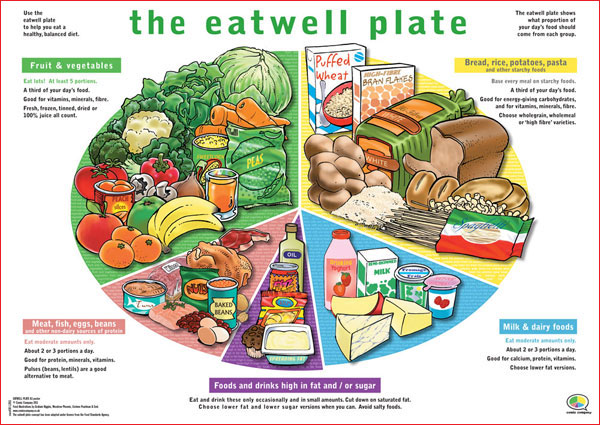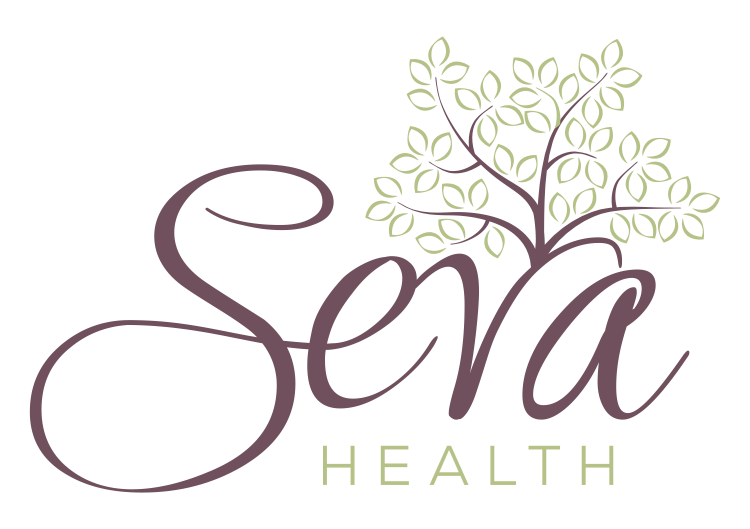
09 Jan Memory-Boosting Ingredients Found in Common Foods
Important Memory-Boosting Ingredients Found in Common Foods
Eat your fish, it’s good for your brain.” This is what every mother said to get the kids to finish their meal. As we age, there are many physiologic mechanisms that occur making memory a thing of the past. While remembering something your wife said thirty years ago is still there, what the heck did you do with your car keys? Here are five tasty ways to encourage memory after age 65, or before.
1. Vitamin B12
Cyanocobalamin (B12) is an essential coenzyme required in many bodily activities. It is necessary to make the heme part of hemoglobin and it is also an integral part of nerve repair. A deficiency leads to pernicious anemia. Subclinical vitamin B12 deficiency can cause pain, electric shock feelings, sleep disturbance, depression, fatigue and memory loss.
Your body needs a chemical called intrinsic factor to absorb B12 in the gut. Production of B12 declines with age, so foods containing B12 are essential to provide optimal absorption. B12 is found in meat, fish and dairy. Because of the fat issue in red meat, and calories in milk, fish is a great source of B12. See, mom was right!
2. Phytofoods
Many studies have demonstrated that one of the biggest effects in post-menopausal women is a decline in memory. Many men experience a decrease in testosterone production called the male climacteric. Estrogen and testosterone are in the same metabolic loop: one can be converted into the other depending on sex genes. Foods containing phytoestrogens are beneficial to both men and women providing hormonal stimulation that increases visual special memory. Ever wonder why rabbits eat clover? It is very high in phytoestrogens. Foods high in these beneficial nutrients are: soy beans, oats, barley, lentils, yams, rice, apples, carrots, pomegranates, wheat germ, ginseng, bourbon, beer, and fennel.
3. Phenol and Phytoalixin
Phenol and phytoalixin’s are chemicals that certain plants release in response to stress or damage. In humans they have been found to do many positive things. One significant positive effect is a neuroprotective action. It has been shown to decrease the plague formation associated with Alzheimer’s disease and improve other degenerative neurological conditions. They also have anti-aging properties. Several studies have suggested marked improvement in memory in test subjects supplemented with these chemicals. They are found in the skins of red grapes, blueberries, and other fruits. Unfortunately, red wine does not contain a large amount of these protective substances.
4. Quercetin
Quercetin is a naturally occurring compound that is found in many plants. A flavonoid, it works directly on neurons and increases synaptic conduction resulting in faster and better connections in the brain. Common foods containing high levels of this substance are onions, fruits, vegetables, leaves, and grains. Onions have long been used in India as a folk remedy to treat memory loss.
5. Omega Three Fatty Acids
Omega 3 fatty acids have been touted as a treatment for high cholesterol, metabolic syndrome, and a variety of other age related processes. Omega 3 fatty acids have a significant effect on brain function, specifically memory and mood. Foods containing this are fatty fish like salmon, (Mom’s still right), the oils from nuts, olive oil, beans, and squash.
There are other ways to improve cognitive function like getting off the couch and using your mind. Practice may not make it perfect, but it helps. All the training and mental effort can’t help a brain that is missing essential chemicals required to provide memory. Give your brain the building blocks it needs and maybe you’ll find your keys more easily!

No Comments